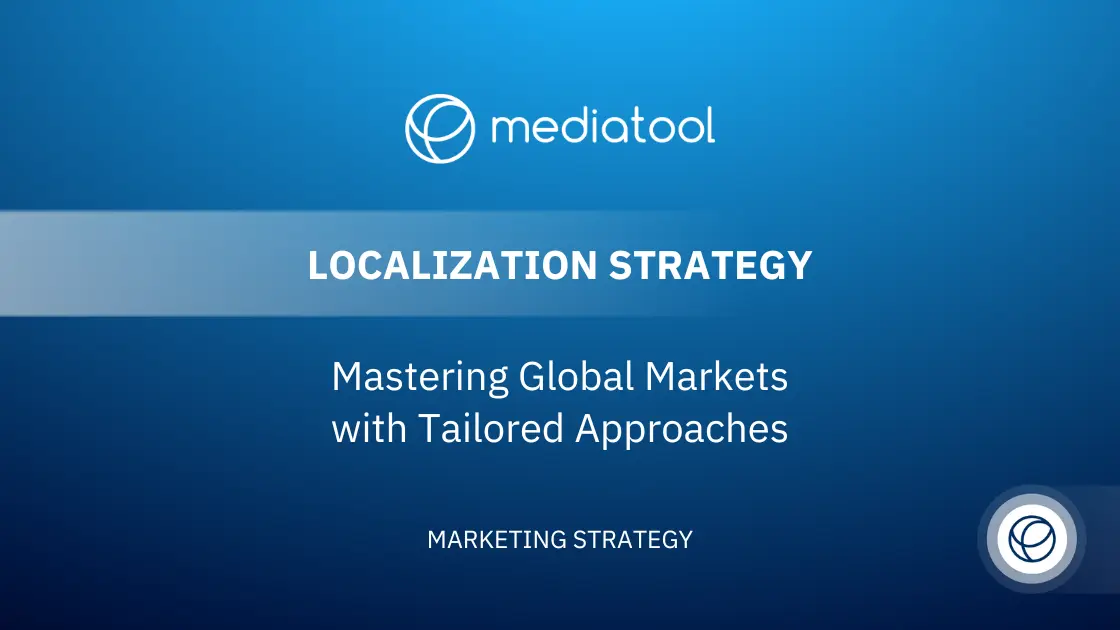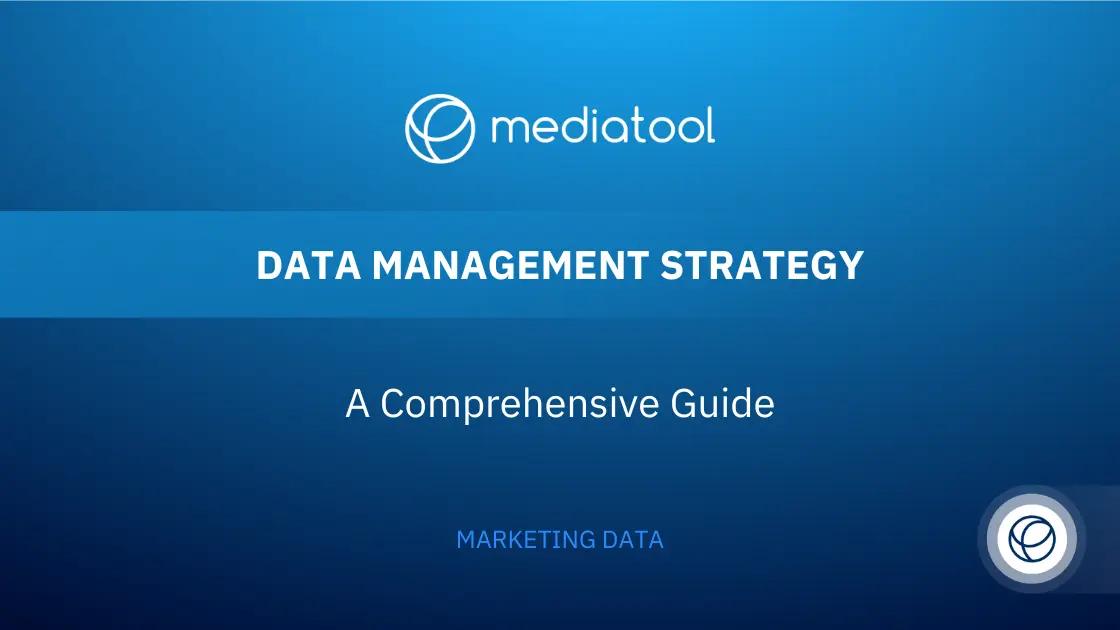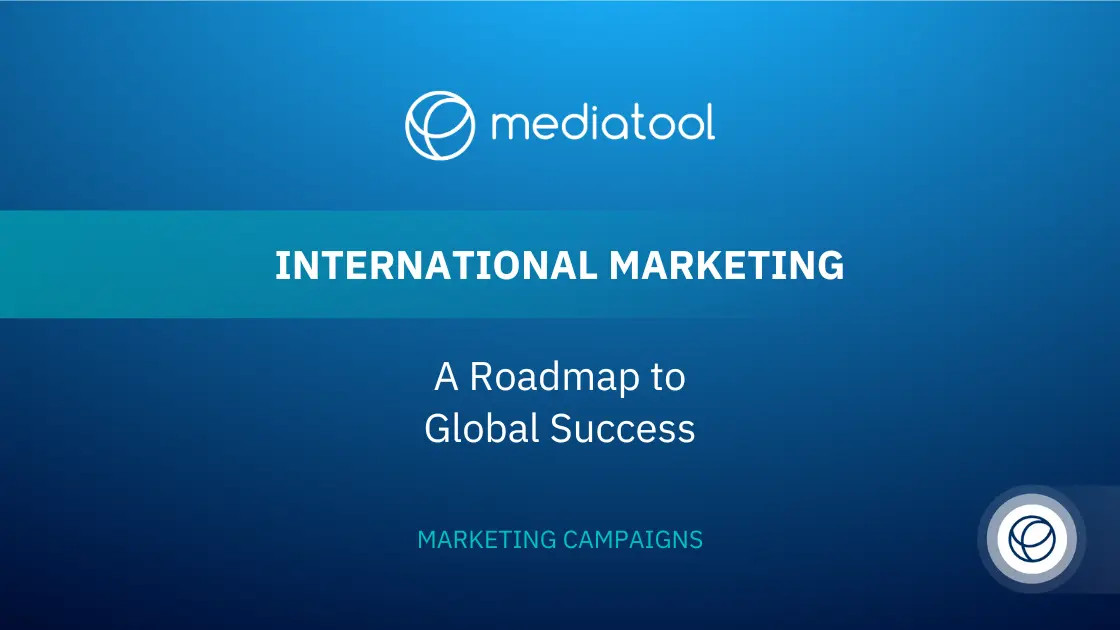If you’ve read any marketing blog on the internet lately they’ll mention changes in consumer behavior impacting how we market. Of course, consumer behavior is always evolving. But since the pandemic this has been exacerbated. People now have completely different shopping habits, goals, pain points and therefore how they interact and engage with companies is different. As a result, there are different expectations and pressures placed on brands.
Amongst this, a key trend that we’ve seen is the importance placed on authenticity and brand values. Consumers care more about buying from – or even engaging with – brands that are aligned with their personal values and share their ethics. It’s not enough for companies to say “we’re helping to battle climate change by doing X” or “our products are sustainably made”. Companies now need to make their values clear, and outline the steps they’re taking to show support for causes and how they’re making positive change.
So, why is this important for marketers? Surely this is a company wide initiative? True. But it’s down to the marketing team to spread the message to your audience, and marketers should see this as a positive opportunity to improve brand perception and awareness. Let’s take a look at how.
Why Consumer Values are Important for Marketers
When surveyed, 89% of consumers said they’re more likely to buy from a brand that makes a positive difference. The potential impact that could have on marketing results is astronomical. By not focusing your marketing efforts on this, you risk losing business to your competitors who are.
Another reason for this shift is that more consumers now fit into the Gen Z demographic. And as we discussed in our previous blog about marketing to Gen Z, this is vital to whether they purchase or not.
An example of a company that has come under scrutiny recently is H&M. As a large contributor to fast fashion, H&M launched a series of sustainability programs to improve their impact on the environment and labor conditions. However, they’ve been accused of “green washing” their products and masquerading as more sustainable than they really are. Read Good On You for more info, or watch the video below. @venetialamanna @hm take first place in the #greenwashing olympics #hm#circular#fashion#fyp#sustsainablefashion#♾♬ original sound – Venetia La Manna
What Marketers Can Do
1. Match Company Values with Target Audience
Your values shouldn’t be a copy of what everyone else is doing. Your organization’s values must of course reflect those of your company internally. But, perhaps more importantly (from a marketing perspective) they should align with your target audience. While consumers will favor companies that are making positive changes in general, they’ll relate more to those who care about the things they care about.
2. Make Your Company’s Stance Clear
In your marketing and communications, don’t shy away from addressing social issues, especially if your company’s values are aligned with them.
An example of a company who does this well is Patagonia.

(Image source: www.nativve.com)
Their target audience is outdoorsy people, who are likely to care about the environment and climate change. One campaign they ran was called ‘The Dam Truth’ and its purpose was “to educate people about the true cost of hydropower and put a stop to over 3,000 proposed dams set to be built or in the process of being built throughout the Balkan region; all of which would cause irreversible damage to local communities and wildlife.” Read more about this here.
This campaign not only helped get enough signatures on a petition to present to the European Bank for Construction and Development and convince them to stop the plans, but it also showed their target audience that this is a brand that cares about the same things they do, and they aren’t afraid to show their stance on the topic.
3. Consumer-Focused Strategy
To use your values to positively market your brand, you can’t just mention it once in a statement and never discuss it again. It could be a good idea to create content pillars around the topics, or run campaigns (like Patagonia) to keep the discussion going and look genuine.
For example, if your brand supports a charity and your team regularly volunteers, you could write content about the experience, information your audience might find useful and share behind the scenes images.
Tip: Keep an eye out for what content resonates with your audience, by measuring your data and creating tracking parameters in Mediatool.
4. Use Your Values to Build Community
When your values are in harmony with your marketing, brand perception is likely to improve and awareness. By creating social media content around your values, it opens up the discussion with your target audience, giving you the chance to build a community online. This is a great strategy for increasing engagement on online platforms.
For example, this response from ASOS gave them the chance to be honest and authentic about their employee diversity in the comments of their Instagram post. The original commenter seemed to be critical of the brand but their opinion shifted once their comment was recognized and responded to.

(Image source: Instagram.com/asos)
Consumer Values Drive Marketing Purpose
From a consumer perspective it’s about time big organizations gave back, did their bit and raised awareness for certain issues. Gone are the days where business was business. Consumers and marketers alike are now looking forward to authentic, purpose driven marketing and we predict that this will continue to become more and more important.
For marketers this is a massive opportunity that brands are only starting to notice and act on. Make sure your marketing is purpose driven and give back to causes and those in need, while forming deeper connections with your audience.




